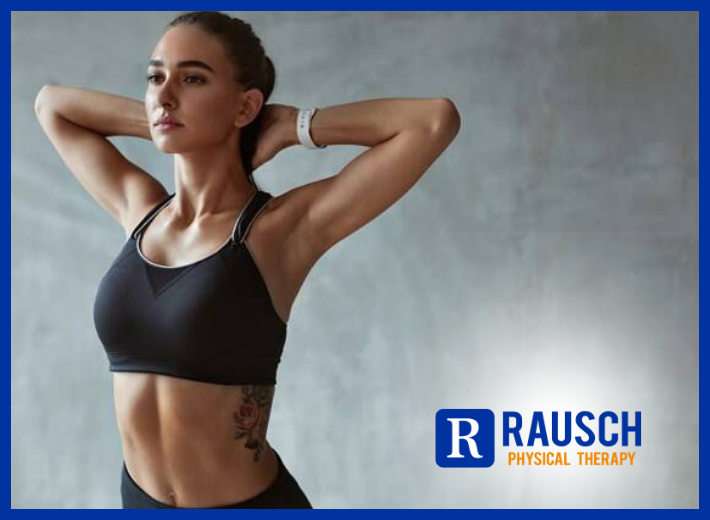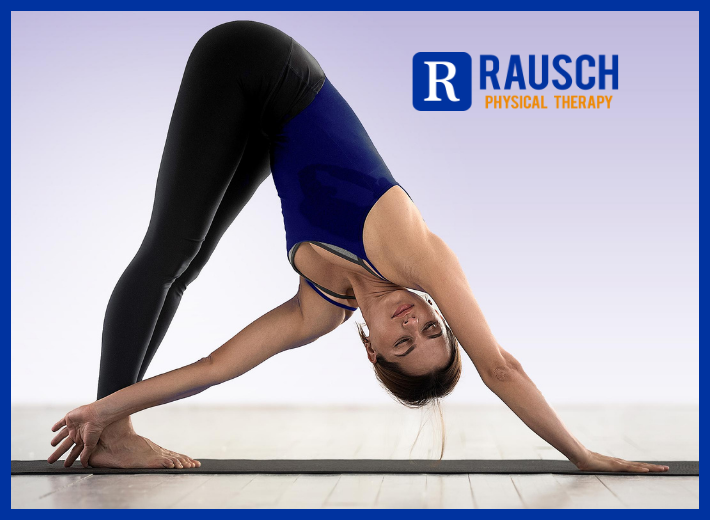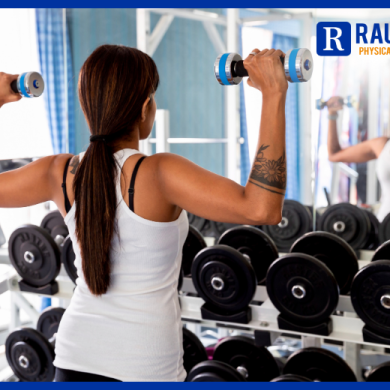Tight hips can subtly impact your daily life and activities, causing discomfort or limiting your movement. Recognizing the signs of restricted hip mobility is key to preventing issues and improving,
What To Know About Exercise And How To Start
January 2, 2022 11:39 am / Category: Laguna Niguel , Physical Therapy

January is a great month to start exercising and sticking to it. This is the year, darn it! Figuring out how to start a workout regime, however, can be a challenge. A significant part of staying healthy and strong is keeping physically active. An exercise program should be a regular activity when it comes to maintaining your general health. Learn more about exercising and how to get started. Remember; we are here to help and support — especially as it relates to making sure your exercise journey is pain-free!
Exercise involves engaging in physical activity and increasing the heart rate beyond resting levels. It is an important part of preserving physical and mental health.
Whether people engage in light exercise, such as going for a walk, or high intensity activities, for example, uphill cycling or weight training, regular exercise provides a huge range of benefits for the body and mind.
Taking part in exercise of any intensity every day is essential for preventing a range of diseases and other health issues.
In this article, we explain the different types of exercise and their benefits, as well as the considerations for designing a fitness regime.
Types and benefits
People divide exercise into three broad categories:
- aerobic
- anaerobic
- agility training
We describe each of these categories below.
Aerobic exercise

Aerobic exercise aims to improve how the body uses oxygen. Most aerobic exercise takes place at average levels of intensity over longer periods.
An aerobic exercise session involves warming up, exercising for at least 20 minutes, and then cooling down. Aerobic exercise mostly uses large muscle groups.
Aerobic exercise provides the following benefits:
- improves muscle strength in the lungs, heart, and whole body
- lowers blood pressure
- improves circulation and blood flow in the muscles
- increases the red blood cell count to enhance oxygen transportation
- reduces the risk of diabetes, stroke, and cardiovascular disease (CVD)
- improves life expectancy and symptoms for people with coronary artery diseases
- stimulates bone growth and reduces the risk of osteoporosis when at high intensity
- improves sleep hygiene
- enhances stamina by increasing the body’s ability to store energy molecules, such as fats and carbohydrates, within muscle
Anaerobic exercise
Anaerobic exercise does not use oxygen for energy. People use this type of exercise to build power, strength, and muscle mass.
These exercises are high-intensity activities that should last no longer than around 2 minutes. Anaerobic exercises include:
- weightlifting
- sprinting
- intensive and fast skipping with a rope
- interval training
- isometrics
- any rapid burst of intense activity
While all exercise benefits the heart and lungs, anaerobic exercise provides fewer benefits for cardiovascular health than aerobic exercise and uses fewer calories. However, it is more effective than aerobic exercise for building muscle and improving strength.
Increasing muscle mass causes the body to burn more fat, even when resting. Muscle is the most efficient tissue for burning fat in the body.
Agility training
Agility training aims to improve a person’s ability to maintain control while speeding up, slowing down, and changing direction.
In tennis, for example, agility training helps a player maintain control over their court positioning through good recovery after each shot.
People who take part in sports that heavily rely on positioning, coordination, speed, and balance need to engage in agility training regularly.
The following sports are examples of ones that require agility:
- tennis
- American football
- hockey
- badminton
- volleyball
- basketball
- soccer
- martial arts
- boxing
- wrestling
Stretching and flexibility

Some exercises combine stretching, muscle conditioning, and balance training. A popular and effective example is yoga.
Yoga movements improve balance, flexibility, posture, and circulation.
The practice originated in India thousands of years ago and aims to unify the mind, body, and spirit. Modern yoga uses a combination of meditation, posture, and breathing exercises to achieve the same goals.
A yoga practitioner can tailor a course for individual needs.
A person looking to manage arthritis might need gentle stretches to improve mobility and function. Someone with depression, on the other hand, may need more emphasis on the relaxation and deep breathing elements of yoga.
Pilates is another stretching option that promotes flexibility and core strength. Tai chi is also an effective option for exercise that promotes calm stretching rather than intensity.
Rausch PT professionals have the skill and expertise you need to correct your posture, decrease pain, and increase mobility. We provide treatments that help improve and restore function and get you pain-free — with no prescription from a doctor required. Call our experts today at (949) 276-5401 and make an appointment. We would also love to have you join our Facebook community where you can get health and wellness updates and learn about what we have to offer ongoing!
Reference: [https://www.medicalnewstoday.com/articles/153390]





